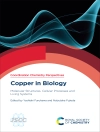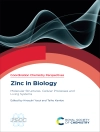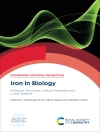New to coordination chemistry and looking for some straightforward resources?
In this long-established field of science, developments have continued between disciplines. Thus, modern coordination chemistry is recognized as an interdisciplinary molecular science that has developed at the intersection of inorganic and organic chemistry. Translated from the original Japanese, this accessible book is for undergraduate and graduate students and young researchers new to coordination chemistry. It explores transition metal complexes involving d and f orbitals and is structured as a step-by-step guide. It starts with the basics, as the foundation of the topic, progressing in complexity to explain some of the recent interdisciplinary developments. Important analytical methods related to the contents are introduced for completeness.
You need look no further for concise and easy-to-understand explanations of coordination chemistry.
Table of Content
- Introduction: What is a ‘Metal Complex’
- Structure of Metal Complexes
- Electronic Structure of Metal Complexes
- Optical Absorption and Emission of Metal Complexes
- Magnetism of Metal Complexes
- Stability of Metal Complexes and Ligand Substitution Reactions
- Electron Transfer Reactions of Metal Complexes
- Organometallic Complexes
- Theoretical Chemistry of Metal Complexes
- Assembled Metal Complexes and Their Functions
- Catalytic Reactions Using Metal Complexes
- Metal Complexes of Rare Earth Elements
- Metal Complexes Relating to Biological Functions












